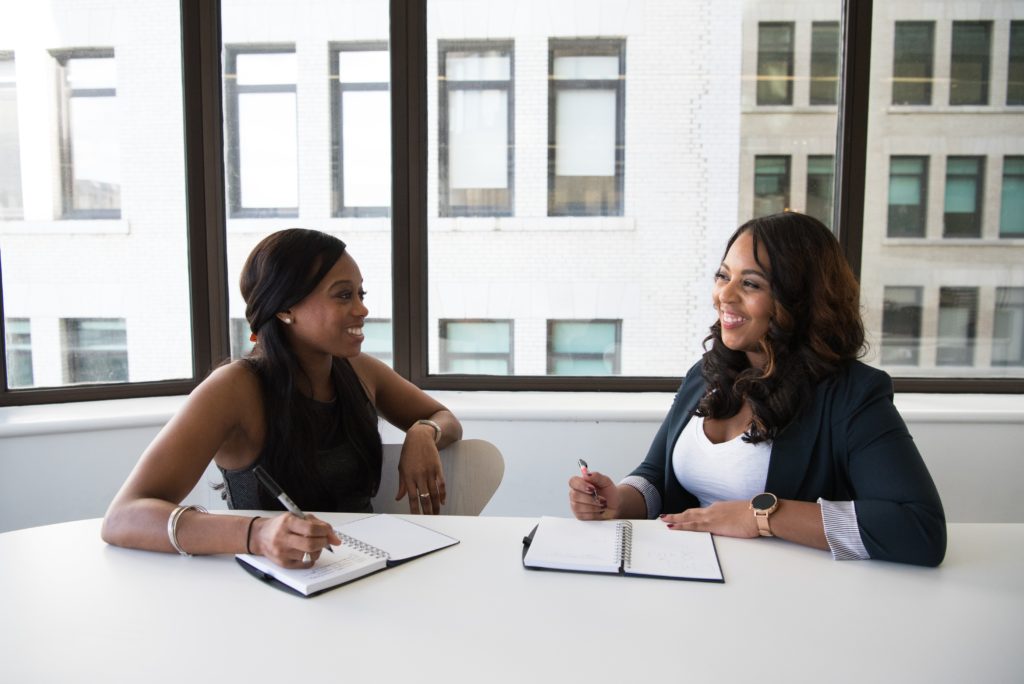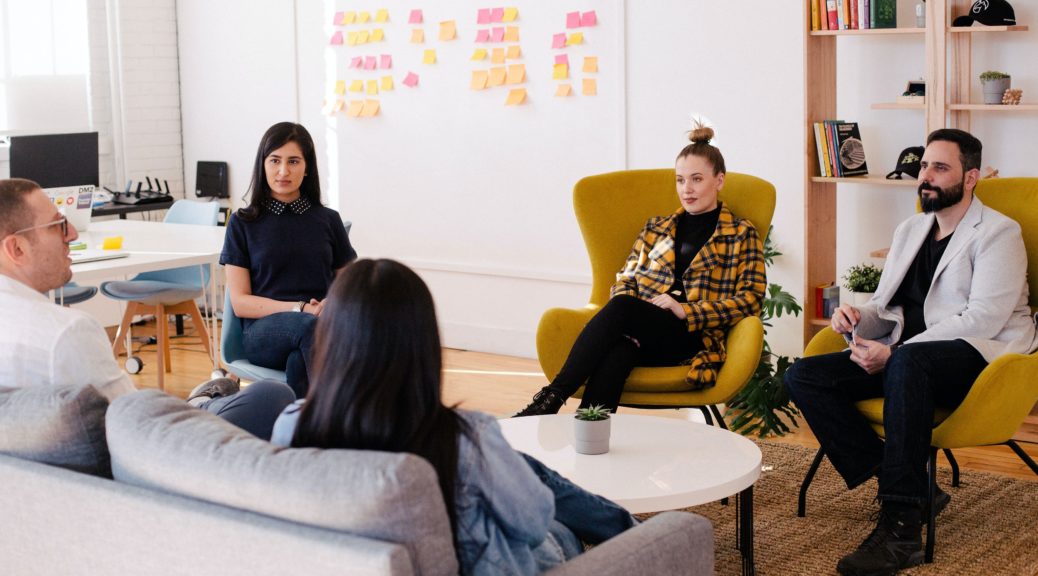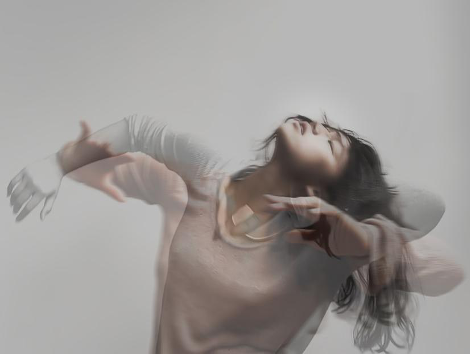By Leah Mary King
Recently I have been having fascinating conversations about cultural competency and cultural awareness. I was first introduced to the idea of cultural competency a little while ago and found it to be an interesting and important concept. My understanding of cultural competency is as a way to understand and invite people to share about their culture in order for one to become more “competent” in that culture.
While I know this term was coined in an effort to encourage more cultural appreciation and inclusivity in education, research, and work, the word “competency” did not encapsulate the understanding of culture I was striving for. Just because I have a Bachelor’s degree in East Asian Area Studies, have traveled around the world studying culture, and shadowed patients from different cultures doesn’t mean I’m competent in their culture. I will never be competent in someone else’s culture. However, that doesn’t mean I’m not striving to be culturally aware and respectful. I constantly check my assumptions and try not to place my western viewpoints onto people I meet.

As a conversation partner with the American Language Institute, something as simple as using Line, WhatsApp, WeChat, Or KakaoTalk instead of using text messages makes the students I work with more comfortable texting in English. As a future occupational therapist, I anticipate that I will work with people from very different language and cultural backgrounds. In my fieldwork and volunteer experiences I’ve heard many therapists and doctors say that “the client needs an interpreter because they can’t speak English”. Although it is probably unintentional, this Western viewpoint blames the clients we serve instead of working with them in a culturally sensitive way. Instead, the therapist must take responsibility for meeting the clients where they are by having an interpreter for the therapist instead of for the client. This is how therapists can build an empathic and cultural bridge when serving their clients.







